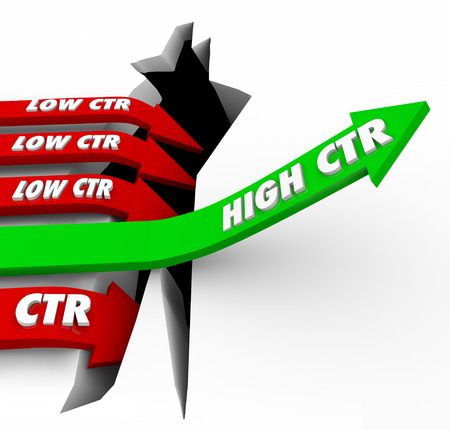Blog
Benefits of frequency capping in ad serving
 Advertising frequency refers to the number of times an ad shows to the same user in a given time period. Seeing the same ad more than one time can positively reinforce the advertising message in the audience’s mind. However, over-exposing or seeing the same ad again and again can then become annoying and result in low ad performance. The question is how many times or how often is the best option. Unfortunately, there is no single or exact answer as it depends on many factors including individual preferences, nature of advertised products, product lifecycle, and typical sales processes. However, it is safe to identify the extreme numbers, the outliers and avoid them. Additionally, ad performance reports can help determine a suitable frequency cap.
Advertising frequency refers to the number of times an ad shows to the same user in a given time period. Seeing the same ad more than one time can positively reinforce the advertising message in the audience’s mind. However, over-exposing or seeing the same ad again and again can then become annoying and result in low ad performance. The question is how many times or how often is the best option. Unfortunately, there is no single or exact answer as it depends on many factors including individual preferences, nature of advertised products, product lifecycle, and typical sales processes. However, it is safe to identify the extreme numbers, the outliers and avoid them. Additionally, ad performance reports can help determine a suitable frequency cap.
Frequency capping is an ad restriction to limit the number of times an ad can be viewed or clicked by the same person within an hour, day or month. Depending on the ad server, it might be just adding or applying a new restriction to the ad campaign.
Prevent ad blindness
Without frequency cap and no ad rotation, the same ad will be served again and again. That increases the probability of ad blindness, or ad fatigue, which basically means the viewers will learn to ignore the ad. This behavior results in a lower click-through rate and wastes ad space that could be used to display other ads. If you have a frequency cap or multiple ads rotating at the same ad location, it will help deliver fresh content and reduce ad blindness. Ultimately, frequency capping helps improve click-through rates.Reduce negative effect of irrelevant or low-quality ads
If the viewers dislike an ad because it just keeps showing up even though it is not relevant to their interests, it will be difficult to make them become interested in your other ads at the same ad placement. Having a reasonable frequency cap will ensure that there is no single ad that can have an outsized negative impact. If a user likes an ad, it is likely they will click or interact with it within the first couple showings.Reach new viewers
The number of ad impressions do not always tell the whole story. You can have the same viewer for many impressions with a low response rate or you can have more viewers and more chances to click with the audience. With a suitable frequency cap, the same viewer gets to see different ads and you get to display more ads to more viewers. With more ad pairings, the ad server has more data to optimize the ads even further so that better performing ads can continue to get higher click-thru rates. It is a win-win situation for all parties involved.Save money and increase ROI
You know you should not put all your eggs in one basket. If an ad campaign is priced on impressions, showing again and again to an uninterested audience is the wrong move. Many impressions but few click-throughs and few conversions means a low return-on-investment. Those impressions are just wasted impressions and will run up your ad spending without delivering a decent ROI. It is better to have a frequency cap so that impressions can be displayed to more people and get a better ROI. Additionally, having happy advertisers and rewarding high performance ads with more chances to show mean more future ad campaigns and better ad pricing.Related
- How do I improve my CTR (Click Through Rate)?
"Improving your CTR is a great way of increasing your advertising revenue with CTR-based campaigns and making your advertiser happy. Below are some suggestions on how this can be accomplished along with some fundamental information about CTR. " More
- Basic ad serving metrics: impressions, clicks and click-thru rate
"Ad serving metrics are essential for measuring the performance of your digital advertising campaigns and understanding your audience's behavior. Impressions, clicks, click-thru rate, conversions and events are some of the most common ad serving metrics that every marketer should know and understand. " More
- Benefits of ad servers to publishers
"All websites with advertisements use ad servers extensively to manage these ads and their advertisers. In case you own one or more online properties, you may find advertisers want to display their ads on your websites and that is a great way to monetize them. " More
Featured
- Ad serving opportunities for different publisher types (part 2)
- Ad serving opportunities for different publisher types
Popular
- Ad serving opportunities for different publisher types (part 2)
- How many ad placements should you have in your email newsletter?
- How to design a good ad banner (part 2)
- Opportunities and challenges of video ad serving during live events
- Benefits of a white label ad server
- How to design a good ad banner